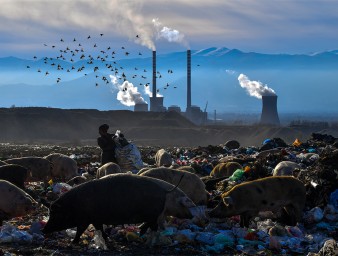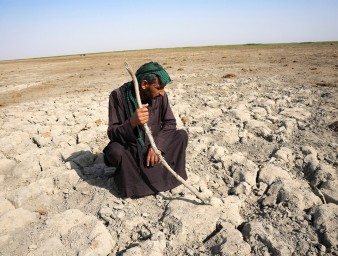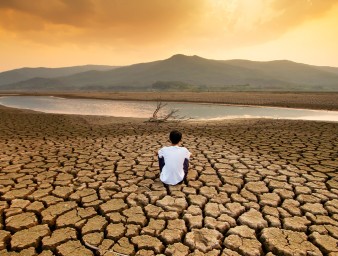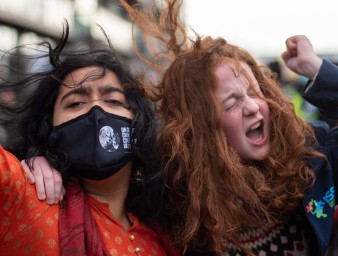Toxic substance exposure a “silent epidemic” facing children
23 September 2016
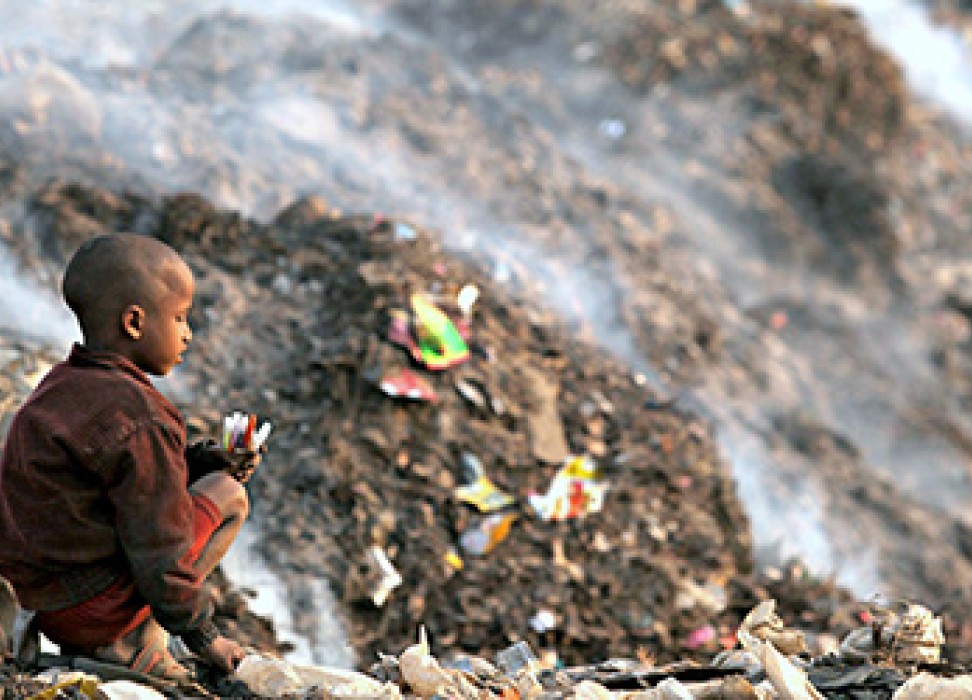
In one of the world’s wealthiest countries, up to 12,000 children were exposed to high levels of lead in their drinking water. The community of Flint, Michigan USA is predominantly African-American and nearly 30 percent live below the poverty line.
However, Flint is not an isolated case. Children in other minority, indigenous and low income communities around the world also have faced -- and continue to face -- similar toxic threats in the water they drink, food they eat, air they breathe, as well as their homes, schools and playgrounds. The health impacts of toxic exposure do not show up for years leading to what a UN human rights expert has called a “silent pandemic.”
“Children are hugely vulnerable to toxics and pollution,” said Baskut Tuncak, UN Special Rapporteur on hazardous substances. “For years, they are completely defenseless. They are impacted in ways in which adults are not. They are exposed at higher levels than adults, including to toxic chemicals found in their mother’s bodies. Numerous health impacts are linked to childhood exposure to toxins such as cancer, developmental disorders, learning disabilities and respiratory disease.”
Tuncak’s comments came from his most recent report to the 33rd session of the Human Rights Council, which is taking place in Geneva through the end of September.
According to the World Health Organization (WHO), more than 1.7 million children under the age of five died in 2012 from “modifiable environmental factors” – in other words things such as air pollution and water contamination. In his report, Tuncak called these deaths the tip of the iceberg, as many of the disabilities and diseases associated with exposure to toxins and pollution do not manifest themselves until years, even decades later—frustrating efforts to hold perpetrators accountable.
In one country, childhood cancer rates have increased nearly 20 percent over a 20-year span, he said. Types of diabetes are now seen in children that were previously only observed in adults. Rates of asthma, early puberty and birth defects have also increased dramatically. Most of these and other increases cannot be explained by lifestyle choices or genetics alone, and have come during periods of rapid industrialization, Tuncak said.
In his report, the Special Rapporteur emphasized the obligation of States to prevent children from being exposed to toxics and pollution, and the corresponding responsibility for businesses.
Tuncak’s report makes a number of recommendations for States and businesses to better protect children from exposure to toxic chemicals. These include States to take into account the best interests of the child when designing and implementing laws and polices for toxics and pollution; and businesses to prevent exposure to toxics and pollution throughout their activities and as part of their human rights due diligence.
23 September 2016
